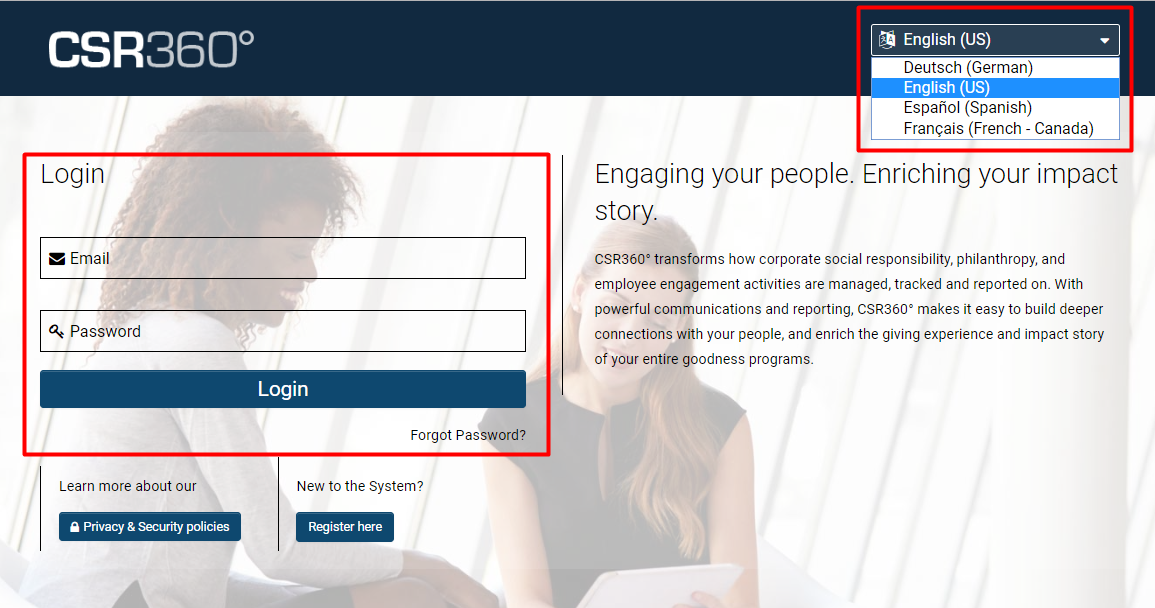Difference between revisions of "Login Page"
(→Configuration - Essentials) |
(→Branding) |
||
| Line 24: | Line 24: | ||
:: [[File:List of login pages.png|900px|border]] | :: [[File:List of login pages.png|900px|border]] | ||
| + | |||
| + | You will be presented with two tabs: | ||
| + | * '''Primary''': A list of all configured login pages, including the language name. | ||
| + | * '''Alternate''': A list of all configured [[Content management|content management]] login pages, including the alias and ID for that login page. | ||
| + | |||
| + | 6. Staying on the '''Primary''' tab, click the '''+''' icon on the top in order to make a new Login Page. | ||
=See Also= | =See Also= | ||
Revision as of 10:15, 25 June 2019
Overview
After a User has been added to the system or they have signed up, they will then be able to login to the system through a customizable login page. Generally, the username and password are embedded in the website.
- Note: Language-specific login pages can be created and can be accessed using a drop-down when a person tries to login.
In this above example, the login page consists of numerous components: an actual login section for username and password, a registration button, a privacy and security policies hyperlink, language options, and Branding that customizes the background, logo, and description.
Configuration - Essentials
Branding
You are able to brand your login page so that it reflects the design-based and enterprise-facing needs of your company.
1. Click on the 9-square menu icon on the top right of your page.
2. Under the heading Configuration, select Global Settings.
3. Click on the second tab - it will be labelled Branding.
4. Click on the hyperlink for Login Pages.
5. The list of login pages available in your system will be displayed; if there are none, this page will be displayed as blank.
You will be presented with two tabs:
- Primary: A list of all configured login pages, including the language name.
- Alternate: A list of all configured content management login pages, including the alias and ID for that login page.
6. Staying on the Primary tab, click the + icon on the top in order to make a new Login Page.


